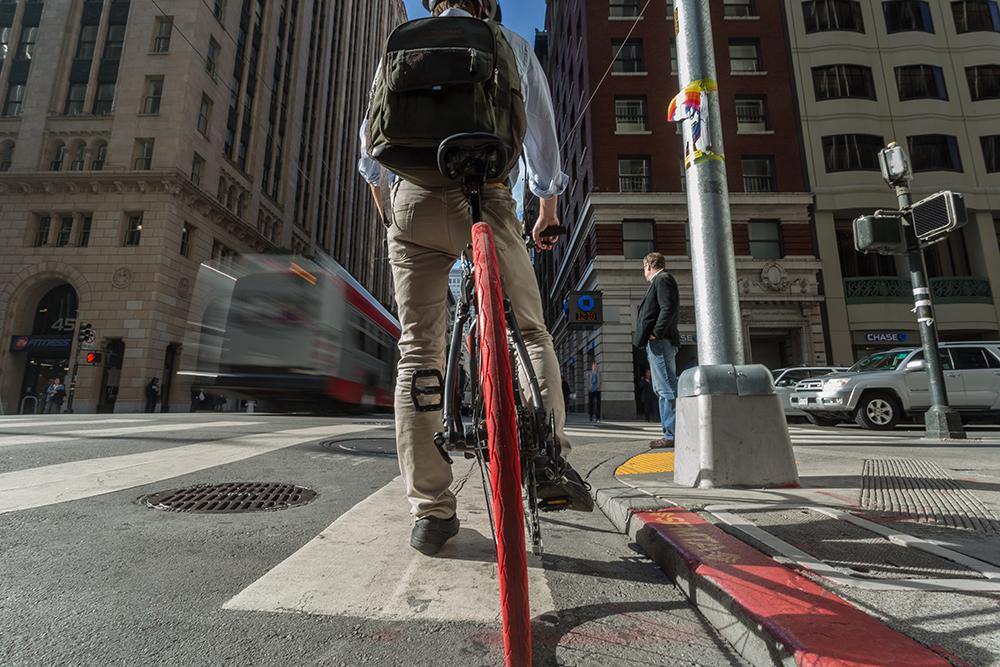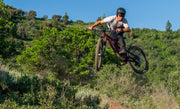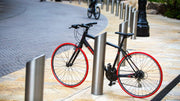
One of the most common inquiries we get surrounds the mystic unknown measurement of the inner rim width. Quite simply, the inner rim width is the distance from the inside wall of one side of the rim to the inside of the other wall of the rim. However, the most interesting part of the inquiry is not the what but the why; the why of different internal rim widths and the ramifications for such in your riding.
In the not so distant past, rim and wheel manufacture supposed that the fastest wheels would be those that housed the skinniest tires which would be inflated to the highest air pressure short of critical failure. However, with the thin rim, the result was what is called a light bulb bulge. The light bulb bulge occurs when the rim is too thin and the tire overflows like your uncle Mike in a shirt be bought at Baby Gap. This creates a lightbulb shape of the tire and creates more surface area on the ground which led to more rolling resistance.
However, with new information via SCIENCE, the wheel question moved on to a slightly wider inner rim width. With this breakthrough, the lightbulb bulge developed into the U shape of the 1990's. This U shaped tire was more efficient than the U but still not perfect.
Recently, the inner rim width has widened to epic proportions to surpass the U shape and create more of a C shape. This C shape has been shown to be the fastest tire for a number of reasons. Tires that enable the U-shape lay within the golden width of 25c-32c. The reason being that these tires allow for the smallest contact patch of any tires previously. However, there are other reasons that these tires also are faster than the previous iteration of speed. One of the big reasons that these wider tires and larger rim widths are faster is because they allow for more momentum to be carried over the riding surface. One of the leading causes of speed loss is riding on unsmooth surfaces. Each time a rock hard tire hits small bumps in the road, or large ones if you like to ride on cobblestone, a small bit of momentum is sacrificed and a little piece of your inner speed demon dies. However, with a larger tire and a wider internal rim width, more of these little bumps are sequestered away in the confines of the tire allowing that inner speed demon to release his fury on your unsuspecting drivetrain.
However, as with all things, there is a point at which this efficiency crosses with other options. Studies differ on this point but the magic speed of optimal efficiency hovers between 24 - 30 mph. Apart from the optimal efficiency, these tires are much more comfortable to ride on and they allow for a bit more exploration if you are feeling adventurous. While all the studies have used pneumatic tires for the trials, the same. type of research holds true for the Tannus Airless Tires. Each tire has a point for which it excels. The only questions are what type of riding will you be doing? How fast you want to go? And much padding is in your chamois?








